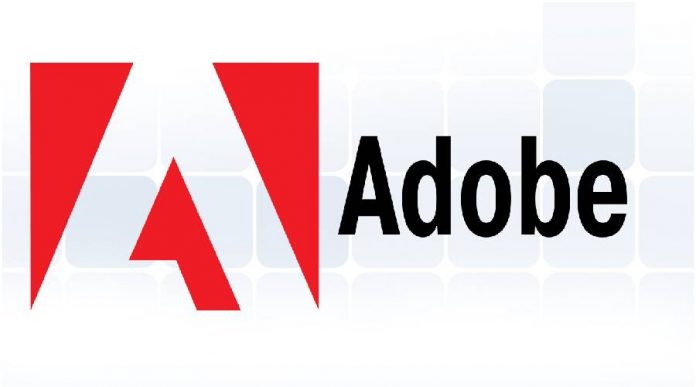
Adobe Systems, the American software company, has released a Flash update that fixes 13 vulnerabilities that could lead to remote code execution and attacks from hackers who seek to bypass security restrictions.
Yesterday, the software company announced the release of the update for the The Flash Player to the 24.0.0.194 version for Windows, Mac and Linux on a bulletin published on its official website.
The Flash Player plug-in on browsers like Google Chrome, Microsoft Edge, and Internet Explorer will receive the update automatically, so users won’t have to worry about having to do so manually.
Adobe also suggests users update Adobe Flash Player Desktop Runtime for Windows, Macintosh, and Linux from the app or the Download Center on the official website. It is important that the updates be activated to prevent any violation to security from internet criminals.

Adobe Reader and Acrobat also got an update
The Flash player was not the only one which was updated. Adobe has also launched a new version Adobe Reader and Adobe Acrobat. It fixes 29 vulnerabilities that can lead to arbitrary code execution.
Up to this moment, there is no evidence of hackers exploiting these vulnerabilities. The company said it was not aware of any violation of security by taking advantage of these weaknesses.
Adobe recommends upgrading to version 15.023.20053 if in use of the continuous release track or to version 15.006.30279 if in use of the classic track. The old versions Acrobat XI and Reader XI, which are still supported, should be upgraded to version 11.0.19.
https://www.youtube.com/watch?v=pWnbA9vVIsg
Adobe Flash Player might be living its last days
With these updates, users won’t have to worry about malware attacks. It is known that Adobe has been a victim of hackers many times in the past, but they have diminished progressively as the company enhances its software against violations.
The patches with the final solution for the vulnerability problems were developed last year, and they arrived one month after Google and Microsoft made public their intentions of leaving Flash behind. Microsoft said they would block Flash on Edge browsers that support HTML5.
Microsoft security operation member Crispin Cowan stated that in those cases, Flash would not be loaded, enhancing performance, battery duration, and safety.
He added users would have the chance to decide if they want Flash to run or not to surf sites that depend on the plug-in. The preferences would be saved for later visits.
Source: Adobe










